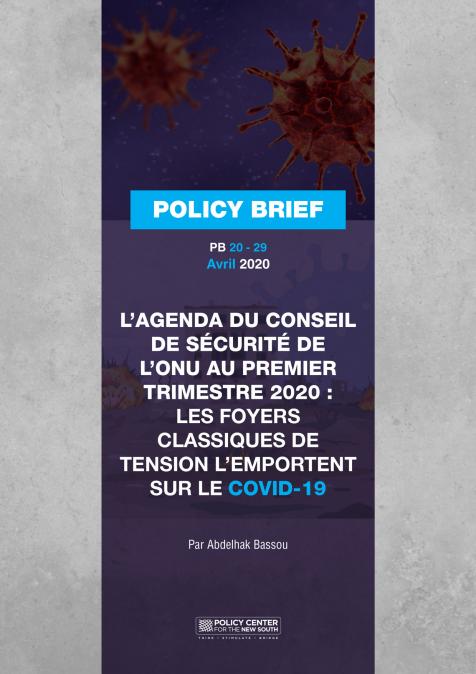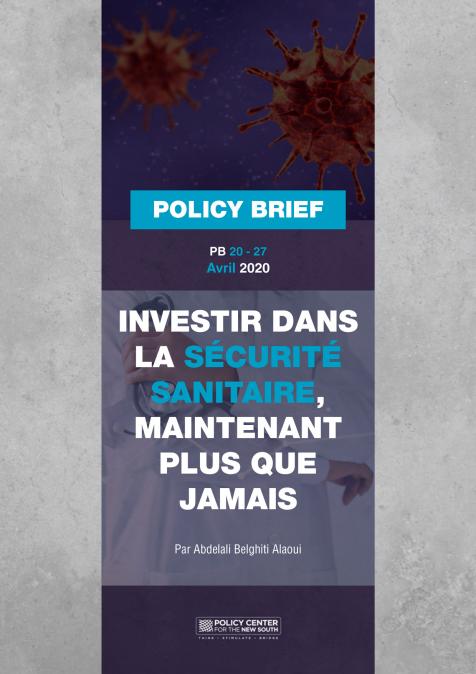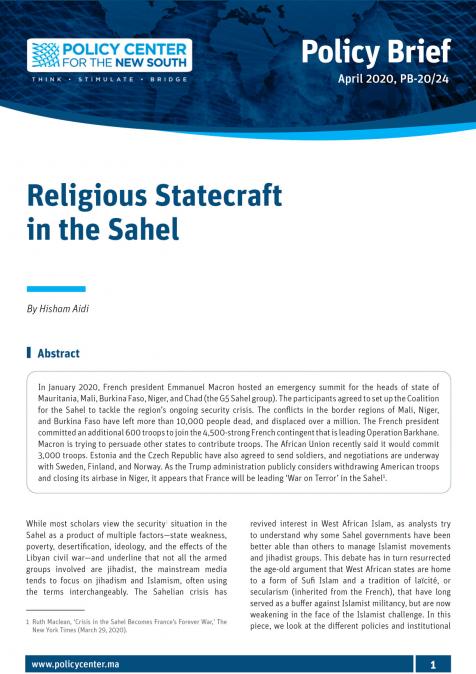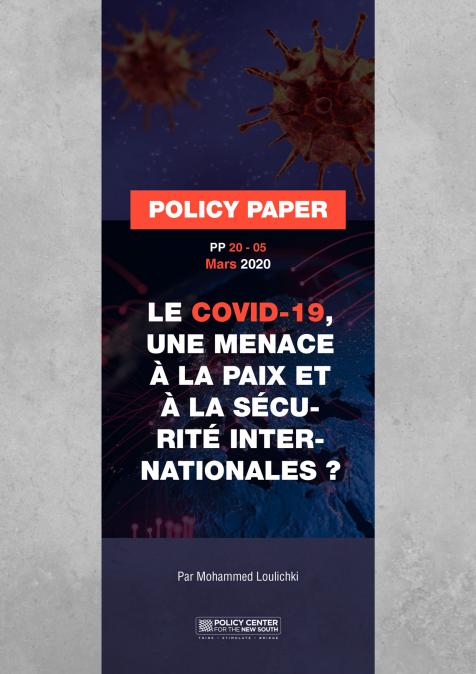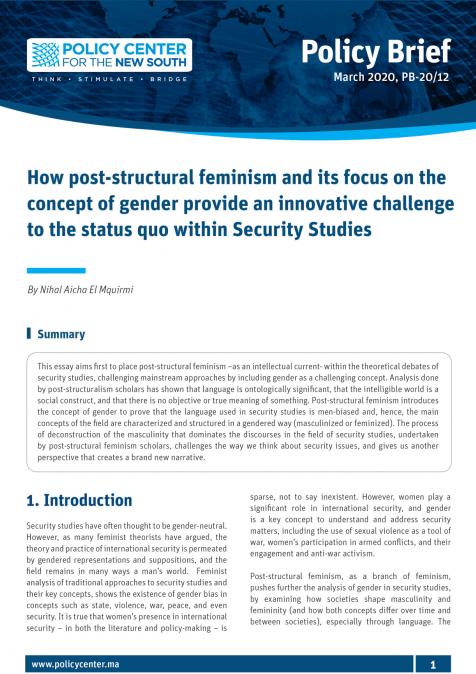John Sawers, former Chief of the Secret Intelligence Service (MI6), shares his insights on how security threats have evolved with the rise of digital technologies and social media. In this interview, he offers a compelling exploration of the shift from traditional methods to contemporary security challenges. Sawers examines how intelligence approaches have adapted to address new threats, including the influence of social media on democratic processes and the evolving global geopolitical landscape. The discussion provides An insightful analysis of the current dynamics in intelligence work and highlights the critical issues facing intelligence services in an increasingly interconnected and digital world.
RELATED CONTENT
-
 AuthorsApril 22, 2020Imagine you are one of the crew members of the nuclear-powered fast-attack submarine USS Connecticut, 1000 meters under the floating ice of the Arctic Ocean. Your three-month secret mission is only in its third week. Suddenly, the sailor above your bunk starts coughing, the neighbor signals he has a fever, and the onboard medical officer alerts his commanding officer that 55 of the 116 crew are showing advanced symptoms of COVID-19. There is no nearby human settlement to go to, just ...
AuthorsApril 22, 2020Imagine you are one of the crew members of the nuclear-powered fast-attack submarine USS Connecticut, 1000 meters under the floating ice of the Arctic Ocean. Your three-month secret mission is only in its third week. Suddenly, the sailor above your bunk starts coughing, the neighbor signals he has a fever, and the onboard medical officer alerts his commanding officer that 55 of the 116 crew are showing advanced symptoms of COVID-19. There is no nearby human settlement to go to, just ... -
AuthorsApril 14, 2020Parallèlement à l’apparition du Covid-19 au début de l’année en cours, les différents foyers de tensions et de guerres ont vu se développer, entre les belligérants, des escalades dangereuses qui menacent la paix et la sécurité dans le monde. Du Yémen au Sahel, en passant par la Syrie et la Libye, le monde voyait les chances de retrouver la sérénité et la quiétude s’évaporer avec les tirs de mortiers, les raids aériens, les attaques de drones et le renforcement des lignes de fronts e ...
-
AuthorsAbdelali Belghiti AlaouiApril 13, 2020La pandémie du Covid-19 est un nouveau signal d’alarme incitant les pays à accorder la priorité à la santé dans le développement et dans la sécurité internationale. Depuis la pandémie du VIH/Sida et la flambée épidémique d’Ébola, les crises sanitaires sont entrées dans la sphère des compétences du Conseil de Sécurité des Nations unies, en devenant des menaces non traditionnelles à la paix et la sécurité internationales. Ce rapprochement entre la santé et la sécurité était à la base ...
-
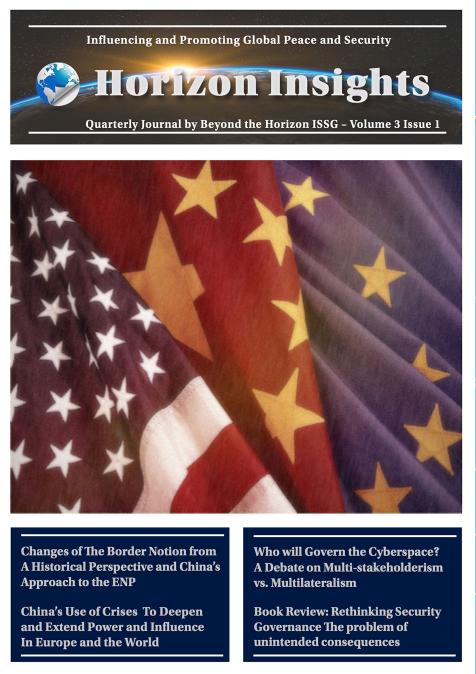 AuthorsApril 9, 2020Our Senior Fellow, Len Ishmael has contributed to the Quarterly Journal by Beyond the Horizon ISSG (Volume 3 Issue 1), under the theme « Influencing and Promoting Global Peace and Security Horizon Insights », with a Policy Paper where she addresses China’s use of crises to « deepen and extend power and influence in Europe and the world ». Standing in solidarity with countries in Europe and elsewhere in the fight against COVID-19, China scores a diplomatic coup and extends its claim ...
AuthorsApril 9, 2020Our Senior Fellow, Len Ishmael has contributed to the Quarterly Journal by Beyond the Horizon ISSG (Volume 3 Issue 1), under the theme « Influencing and Promoting Global Peace and Security Horizon Insights », with a Policy Paper where she addresses China’s use of crises to « deepen and extend power and influence in Europe and the world ». Standing in solidarity with countries in Europe and elsewhere in the fight against COVID-19, China scores a diplomatic coup and extends its claim ... -
AuthorsApril 8, 2020In January 2020, French president Emmanuel Macron hosted an emergency summit for the heads of state of Mauritania, Mali, Burkina Faso, Niger, and Chad (the G5 Sahel group). The participants agreed to set up the Coalition for the Sahel to tackle the region’s ongoing security crisis. The conflicts in the border regions of Mali, Niger, and Burkina Faso have left more than 10,000 people dead, and displaced over a million. The French president committed an additional 600 troops to join t ...
-
AuthorsSalma DaoudiApril 8, 2020The coronavirus pandemic represents a turning point in security studies, shedding light on the importance of the health of populations for sustaining the political, economic, and social health of the nation-state. Playing a role akin to the 9/11 events in propelling terrorism at the forefront of the global security agenda, COVID-19 reshuffles national security priorities. As such, the securitization of health has allowed the implementation of drastic exceptional measures aimed at co ...
-
 AuthorsApril 3, 2020His delicate, almost floating touches created a hitherto unseen aesthetic perfection: the enigmatic face the Mona Lisa. The mysterious woman, captured on a panel of poplar wood, is the work of a genius, possibly one of the greatest minds in human history: Leonardo da Vinci. But Da Vinci also had another obsession: the art of war. In a letter to the court of Ludovico Sforza, then ruler of Milan, the celebrated maestro wrote, “I will make covered vehicles, safe and unassailable ...
AuthorsApril 3, 2020His delicate, almost floating touches created a hitherto unseen aesthetic perfection: the enigmatic face the Mona Lisa. The mysterious woman, captured on a panel of poplar wood, is the work of a genius, possibly one of the greatest minds in human history: Leonardo da Vinci. But Da Vinci also had another obsession: the art of war. In a letter to the court of Ludovico Sforza, then ruler of Milan, the celebrated maestro wrote, “I will make covered vehicles, safe and unassailable ... -
AuthorsMarch 27, 2020Le virus Corona a laissé l'humanité désarmée et impuissante à y faire face. Les Etats y ont réagi en rangs dispersés, sans aucune coordination, et les Organisations internationales se sont limitées à alerter les Etats et à les inciter à prendre les mesures nécessaires pour faire face à la pandémie. Si le Secrétaire général de l’ONU a été parmi les premiers à “déclarer la guerre” a ce virus, le Conseil de Sécurité a brillé par son absence, alors qu’auparavant, il avait adopté des rés ...
-
 AuthorsHamza M'JahedMarch 11, 2020West Africa has always played an essential role in African geopolitics. Although less thought of than north, south and east Africa, because of their envied strategic openings into both the Mediterranean Sea and Indian Ocean, West African countries are transforming themselves into a major African hub. For Britain, the completion of Brexit heralds a new era in its contemporary history. In this framework, West Africa is a crucial region for the United Kingdom’s long-term strategic goal ...
AuthorsHamza M'JahedMarch 11, 2020West Africa has always played an essential role in African geopolitics. Although less thought of than north, south and east Africa, because of their envied strategic openings into both the Mediterranean Sea and Indian Ocean, West African countries are transforming themselves into a major African hub. For Britain, the completion of Brexit heralds a new era in its contemporary history. In this framework, West Africa is a crucial region for the United Kingdom’s long-term strategic goal ... -
AuthorsMarch 5, 2020This essay aims first to place post-structural feminism –as an intellectual current- within the theoretical debates of security studies, challenging mainstream approaches by including gender as a challenging concept. Analysis done by post-structuralism scholars has shown that language is ontologically significant, that the intelligible world is a social construct, and that there is no objective or true meaning of something. Post-structural feminism introduces the concept of gender t ...

